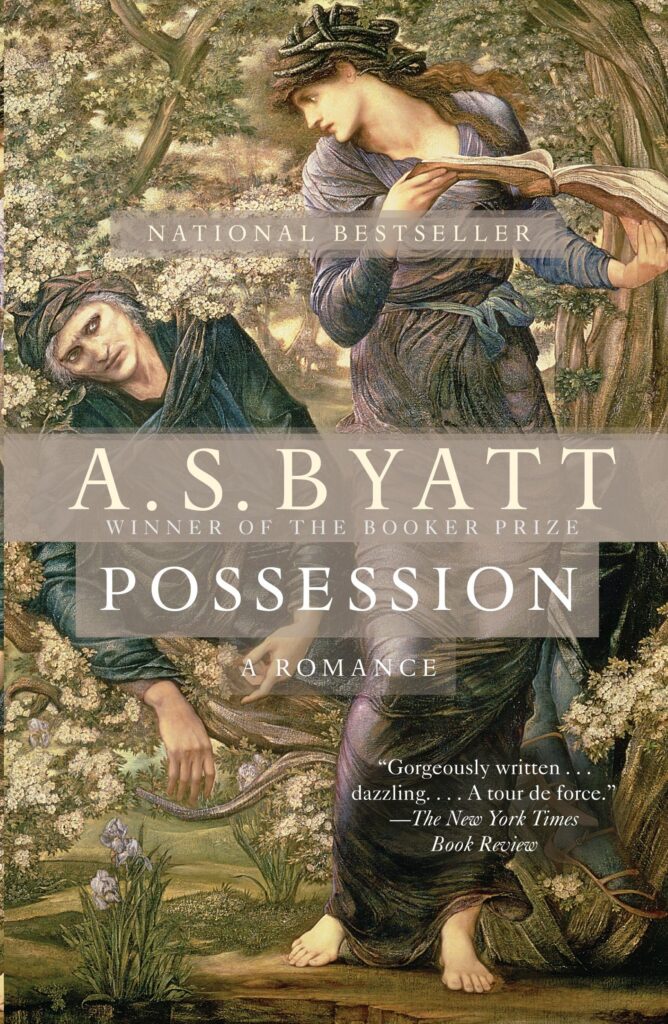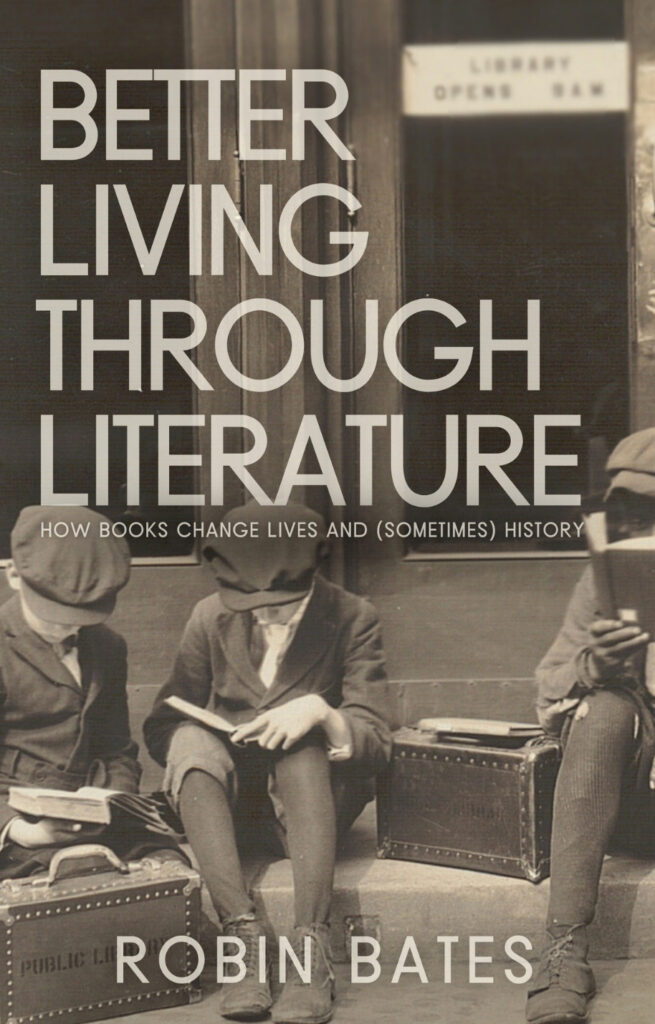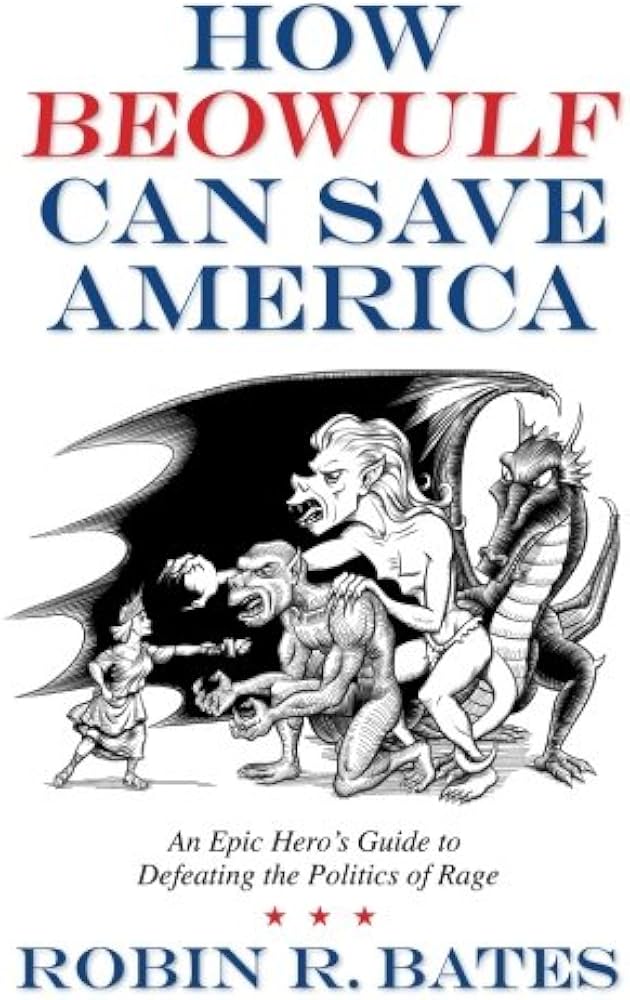Note: If you wish to receive, via e-mail, (1) my weekly newsletter or (2) daily copies of these posts, write to me at rrbates1951@gmail.com. Comments may also be sent to this address. I promise not to share your e-mail with anyone. To unsubscribe, write here as well.
Tuesday
Today’s post rambles a bit as I follow multiple leads but I think they all join up at the end. First, Julia and I visited Carlsbad Caverns yesterday, which I have longed to see ever since I first learned about them from a child’s viewfinder. It was one of seven transparencies attached to a cardboard wheel labeled “the seven natural wonders of the world.” The cave appeared magical when seen through that medium, and I can now testify that the actual caverns surpass even those childhood memories.
While I walked around in speechless wonderment, my mind wasn’t the least bit silent but raised a string of theological questions. God’s creation continually astounds, I thought as I looked up at the soaring ceilings, the intricate stalactites and stalagmites, the never-ending geological surprises at what millions of years can produce. No less astounding to me was how, in order to do justice to such wonders, humans have developed the ability to be wowed. As Fitzgerald puts it at the end of The Great Gatsby—this to describe the first white settlers upon viewing New York–
For a transitory enchanted moment, man must have held his breath in the presence of this continent, compelled into an aesthetic contemplation he neither understood nor desired, face to face for the last time in history with something commensurate to his capacity for wonder.”
“The problem with those Christian literalists who contend that the world is six to ten thousand years old,” I thought, “is that they attempt to whittle God down to their own size.” Stories like the Genesis creation and Noah stories—which as Tim O’Brien in The Things They Carried would say contain story truth but not happening truth—are reduced by fundamentalists so as to make them feel in control. Gazing around Carlsbad Caverns reminded me that not only is creation bigger than we imagine but bigger than we can imagine.
One reason I may have been thinking this way is because, as we drove the five hours down from Santa Fe, Julia and I listened to A.S. Byatt’s Possession, which captures (among other things) how geological discoveries by Charles Lyell about the age of the world clashed with various Christian accounts. To be sure, Lyell himself sought to reconcile Christianity and science, as did Alfred Lord Tennyson, and we see the two Victorian principals in the novel doing the same. We see science-oriented poet Randolph Henry Ash reading and recommending Lyell and spiritually-oriented poet Christabel LaMotte arguing for Christian truth, but neither is narrowly dogmatic in their approach. Instead, both find deep wisdom in both approaches to the world.
As I don’t have the book before me, I can’t quote from their conversations, but they are not unlike what Tennyson says In Memoriam. Attempting like Milton to justify the ways of God to man—which is to say, to make sense of the death of his best friend Hallam—Tennyson grapples with the findings of Lyell and other scientists. At one point, the impersonal forces of the natural world—which seem more impersonal than ever once one discovers fossils of species that have been wiped out—seem to bring God into doubt. “Are God and Nature then at strife,” the poet asks early in the poem:
So careful of the type?” but no.
From scarped cliff and quarried stone
She cries, “A thousand types are gone:
I care for nothing, all shall go.
“Thou makest thine appeal to me:
I bring to life, I bring to death:
The spirit does but mean the breath…”
Are we deceiving ourselves with false illusions when we believe that love will conquer death? What if Nature gets the last say and spirit is no more than breath and we end up no more than desert dust? Hallam, after all, trusted in God and look where that got him:
Who trusted God was love indeed
And love Creation’s final law—
Tho’ Nature, red in tooth and claw
With ravine, shriek’d against his creed—
Who loved, who suffer’d countless ills,
Who battled for the True, the Just,
Be blown about the desert dust,
Or seal’d within the iron hills?
Towards the end of the poem, however, Tennyson has rediscovered his faith. It’s not that he rejects science, which provides discoveries about world, sun, eagle wings and insect eyes. Rather, he has moved to a new understanding. While at one point his belief was sorely tested and he was in danger of tumbling into “Godless deep.” now his heart has entered in, thawing frozen reason’s belief in science and defiantly declaring, “I have felt.”
I found Him not in world or sun,
Or eagle’s wing, or insect’s eye;
Nor thro’ the questions men may try,
The petty cobwebs we have spun:
If e’er when faith had fall’n asleep,
I heard a voice, “Believe no more,”
And heard an ever-breaking shore
That tumbled in the Godless deep,
A warmth within the breast would melt
The freezing reason’s colder part,
And like a man in wrath the heart
Stood up and answer’d, “I have felt.”
No, like a child in doubt and fear:
But that blind clamor made me wise;
Then was I as a child that cries,
But crying, knows his father near;
And what I am beheld again
What is, and no man understands;
And out of darkness came the hands
That reach thro’ nature, moulding men.
Note how Tennyson doesn’t reject questioning: it is the very “clamor” of inner doubt that makes him wise. We may not understand why we suffer and we cannot help but question, but then something greater than nature reaches through nature to mold the heart that feels.
So where does this leave me with Carlsbad Caverns? Just that the way it took me out of and beyond myself left me in awe of whatever force or forces have shaped the world. And that part of my awe was at human awe.


